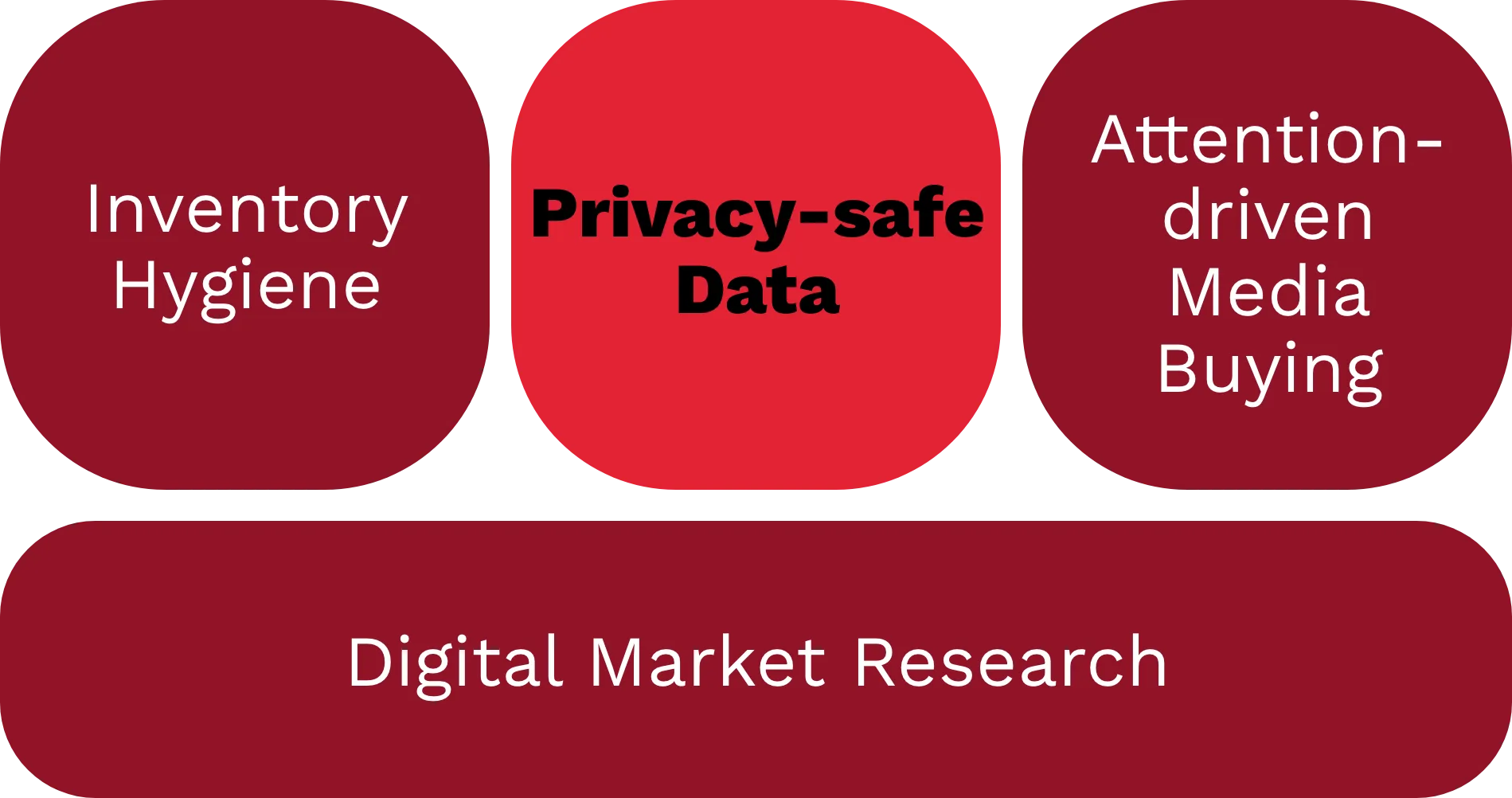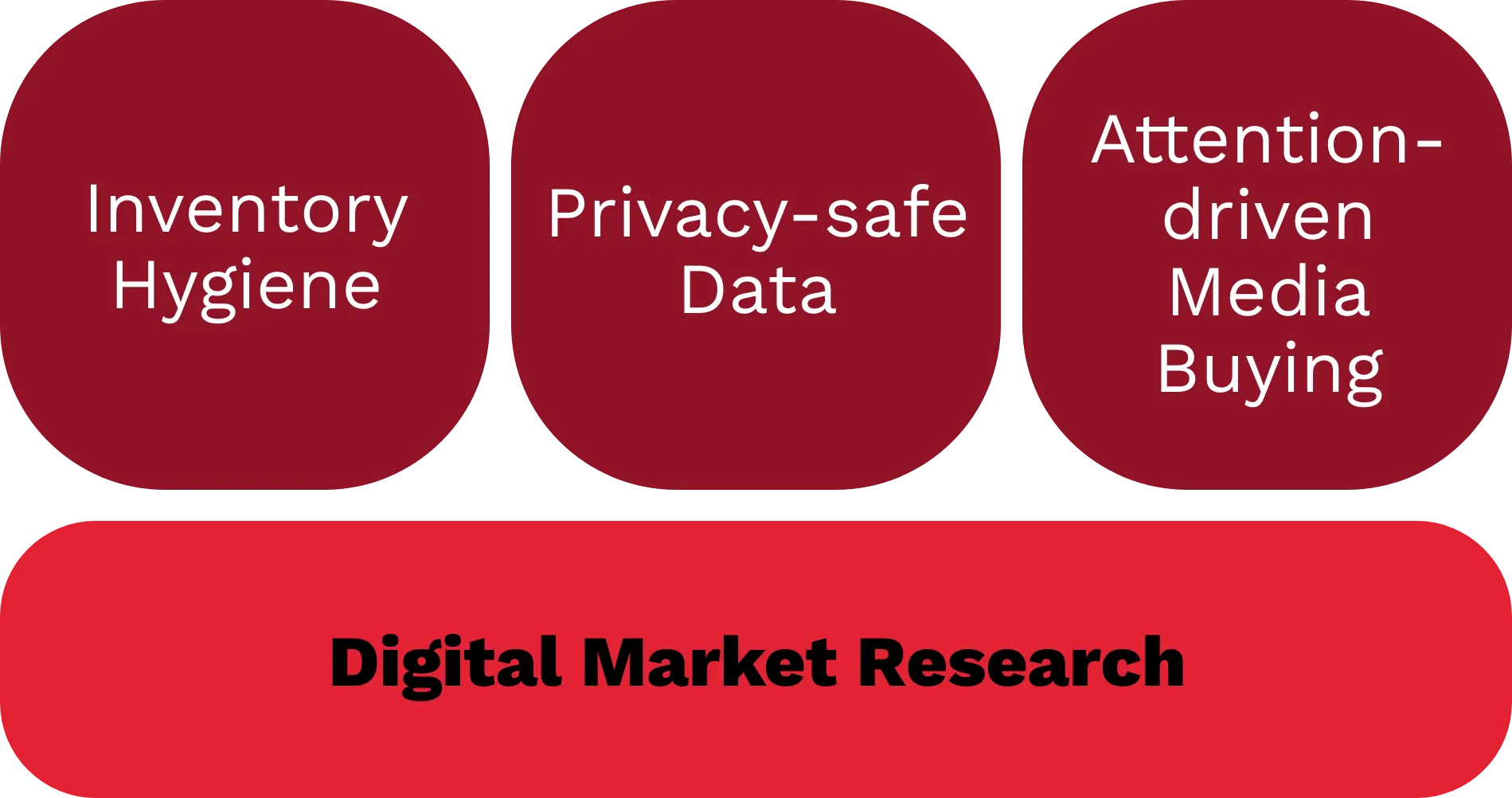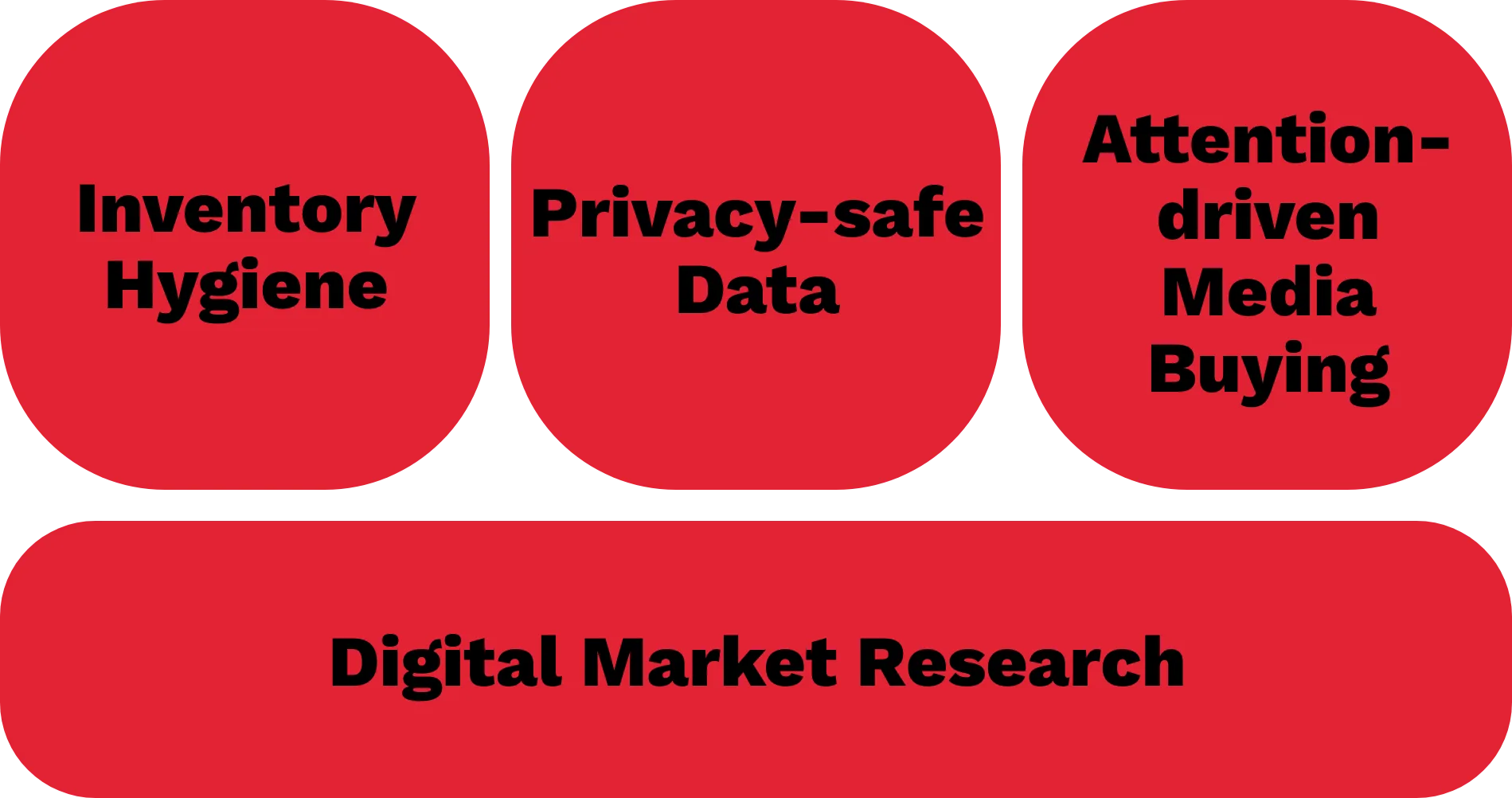It was the industry-defining topic of the last few years: The digital advertising market is in a state of flux, with various changes taking place that will ultimately mean that the widely used third-party cookies will probably no longer be available beginning mid-2023:
- Regulatory changes, such as mandatory user consent for the use of cookies for marketing purposes (cookie banner)
- Technical changes, such as the launch of various browser initiatives to block third-party cookies
- Social changes, such as increased sensitivity to privacy in the digital space.
All these developments mean that digital marketing use cases based on third-party cookies will no longer be possible in their current form, or only to a limited extent. Remarketing, interest targeting, or frequency capping can be mentioned in this context. There is no way around looking for alternative solutions and approaches.
At the moment, the most important and promising initiatives to ensure targeted advertising in the future are Unique IDs, Google’s Privacy Sandbox, contextual targeting, frequency and conversion modeling, and conversion APIs. We are actively monitoring and evaluating these initiatives and innovations so we can assess which technologies work well—and which do not.







